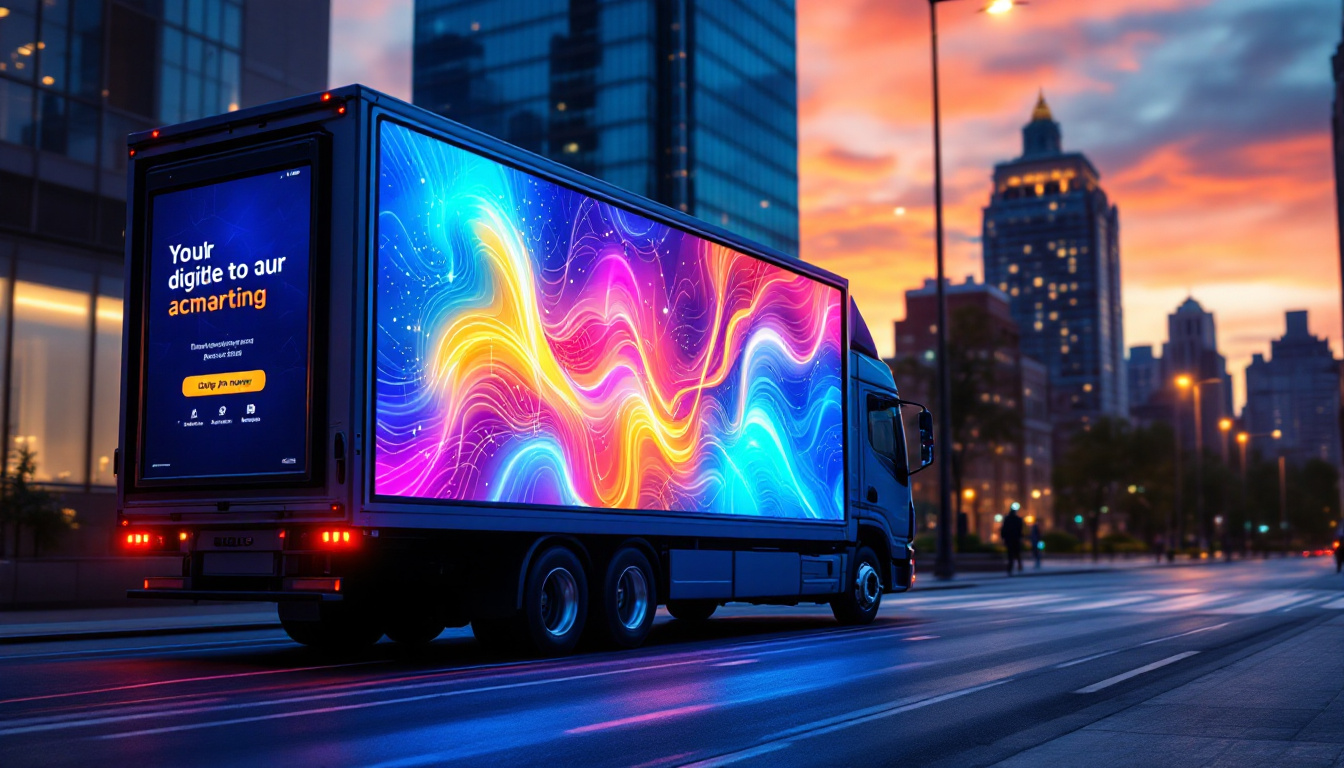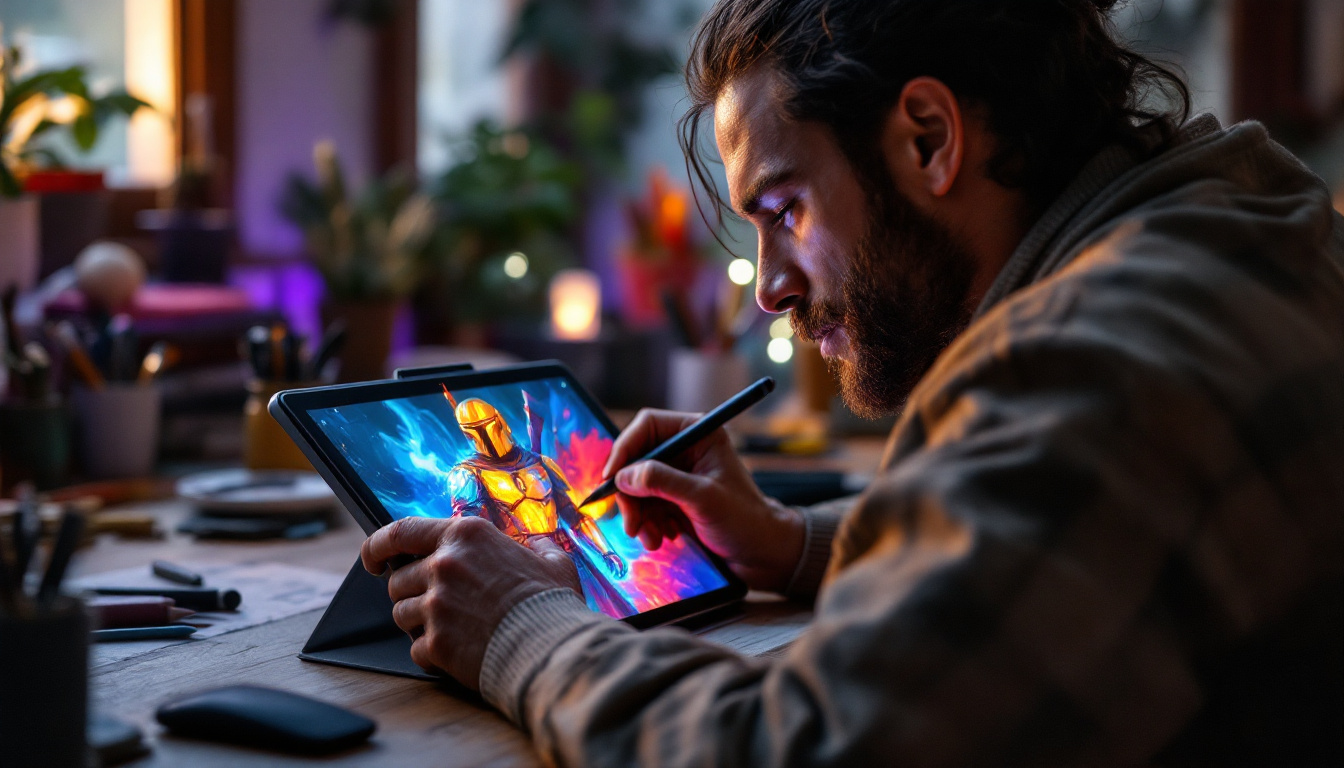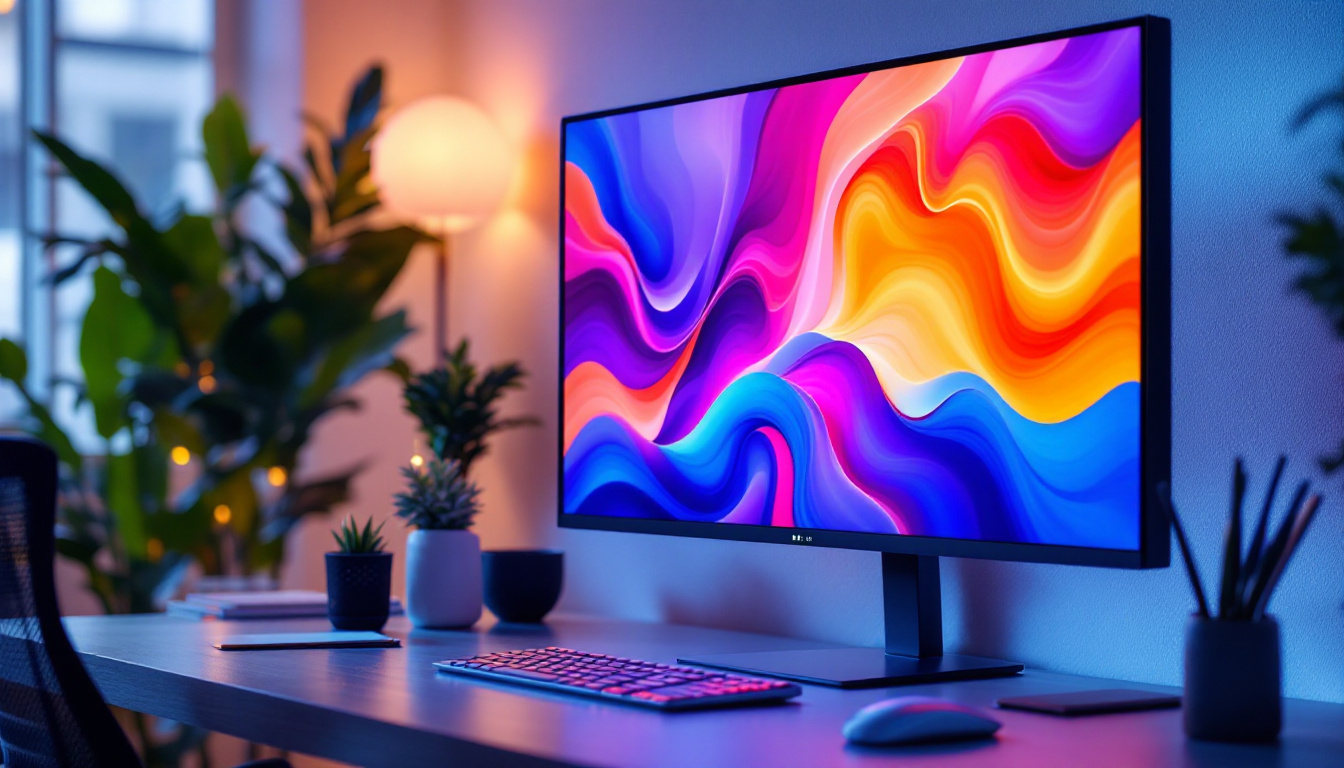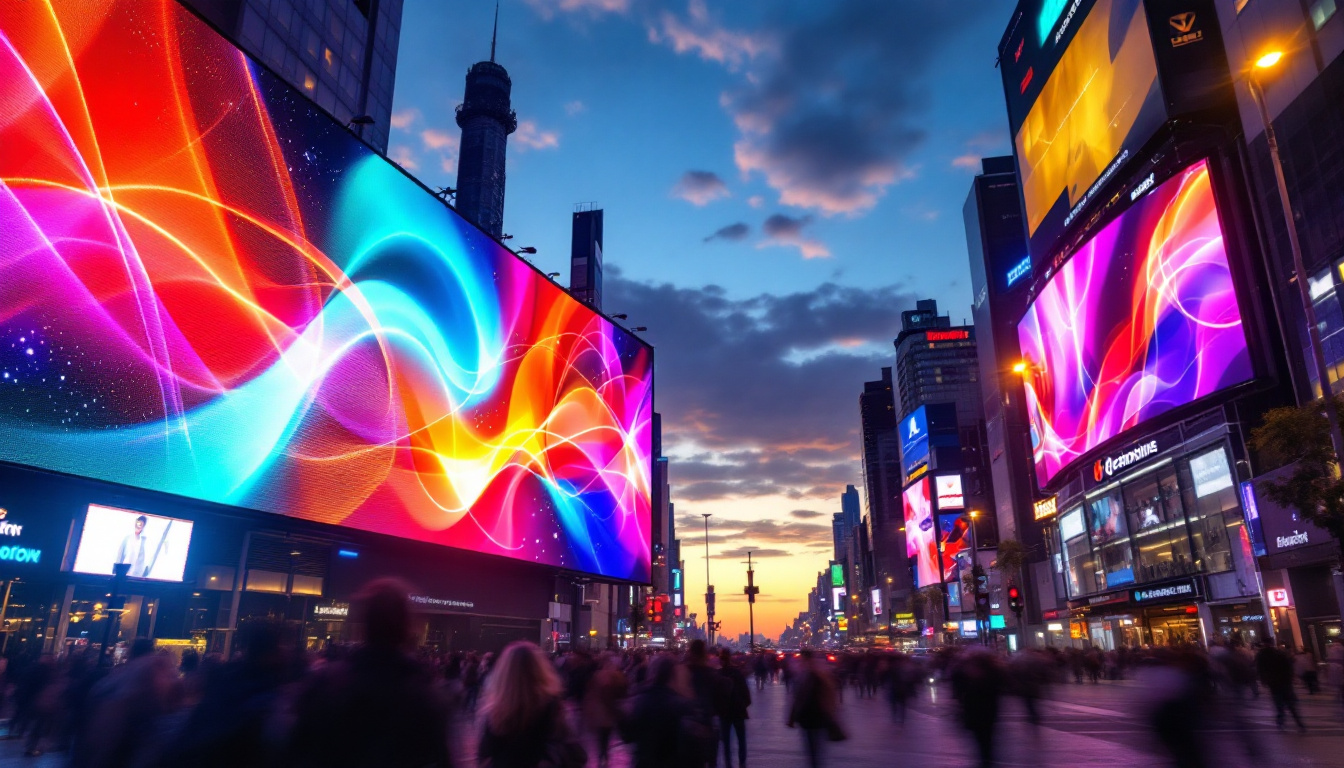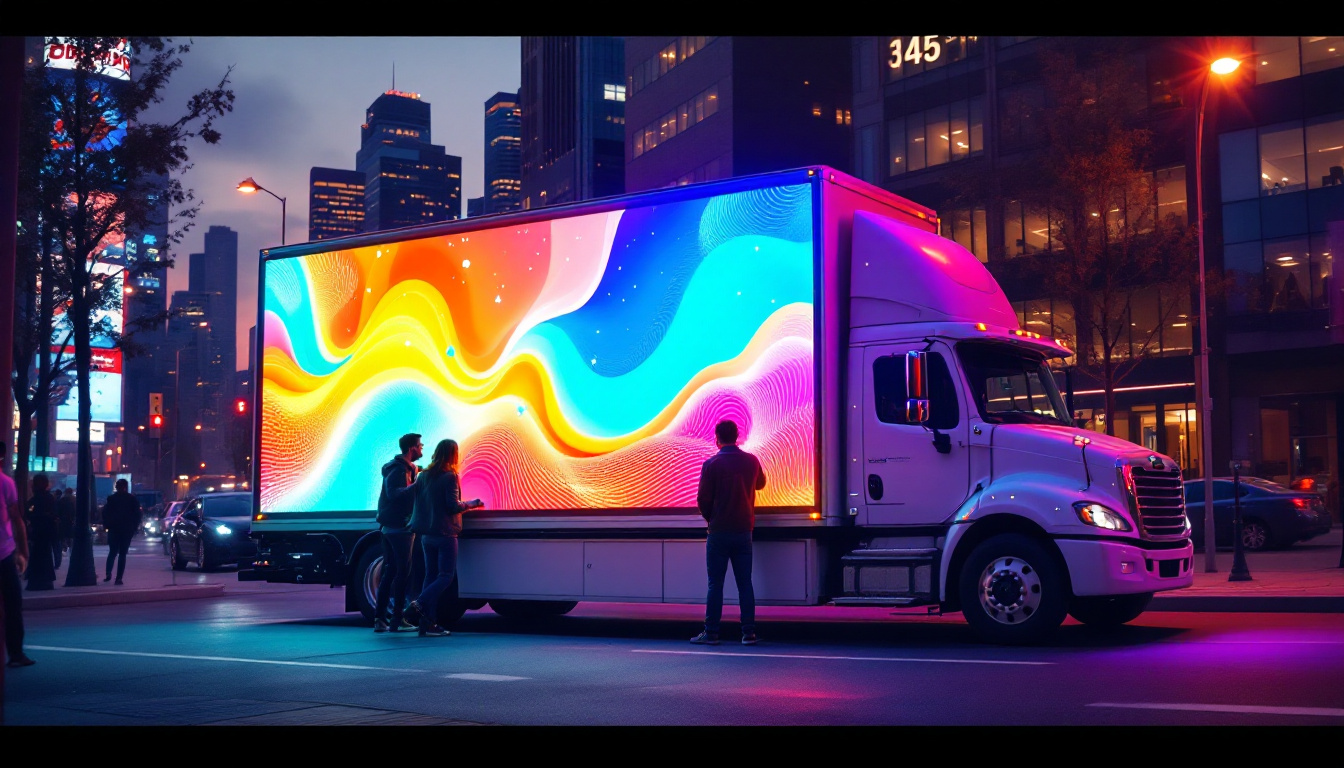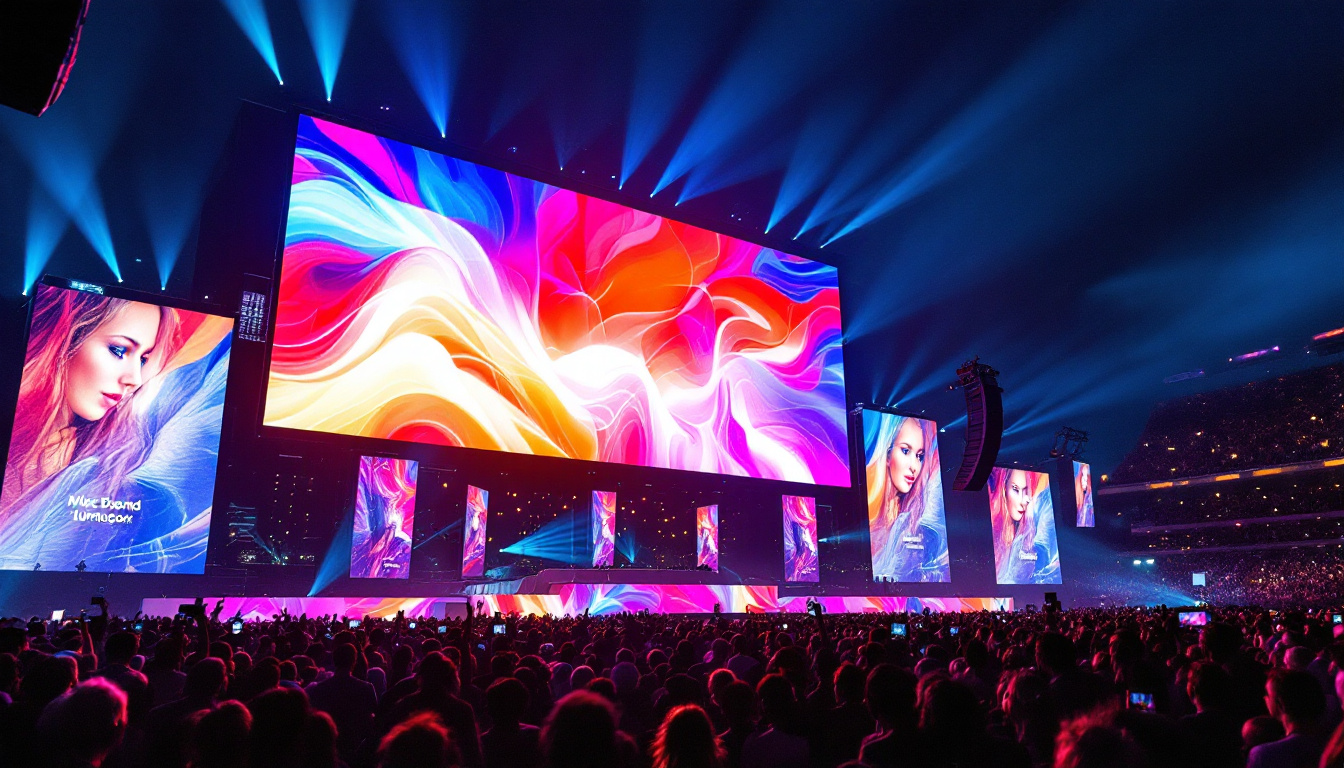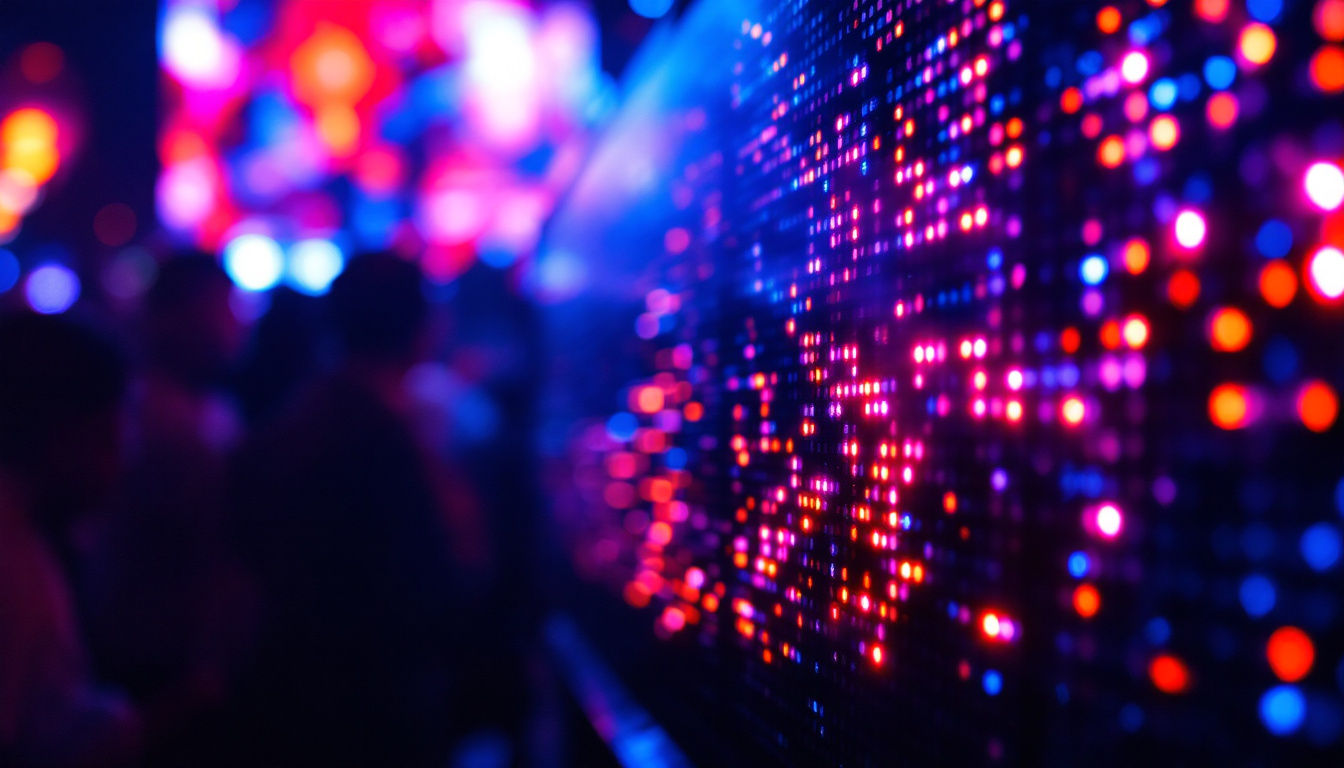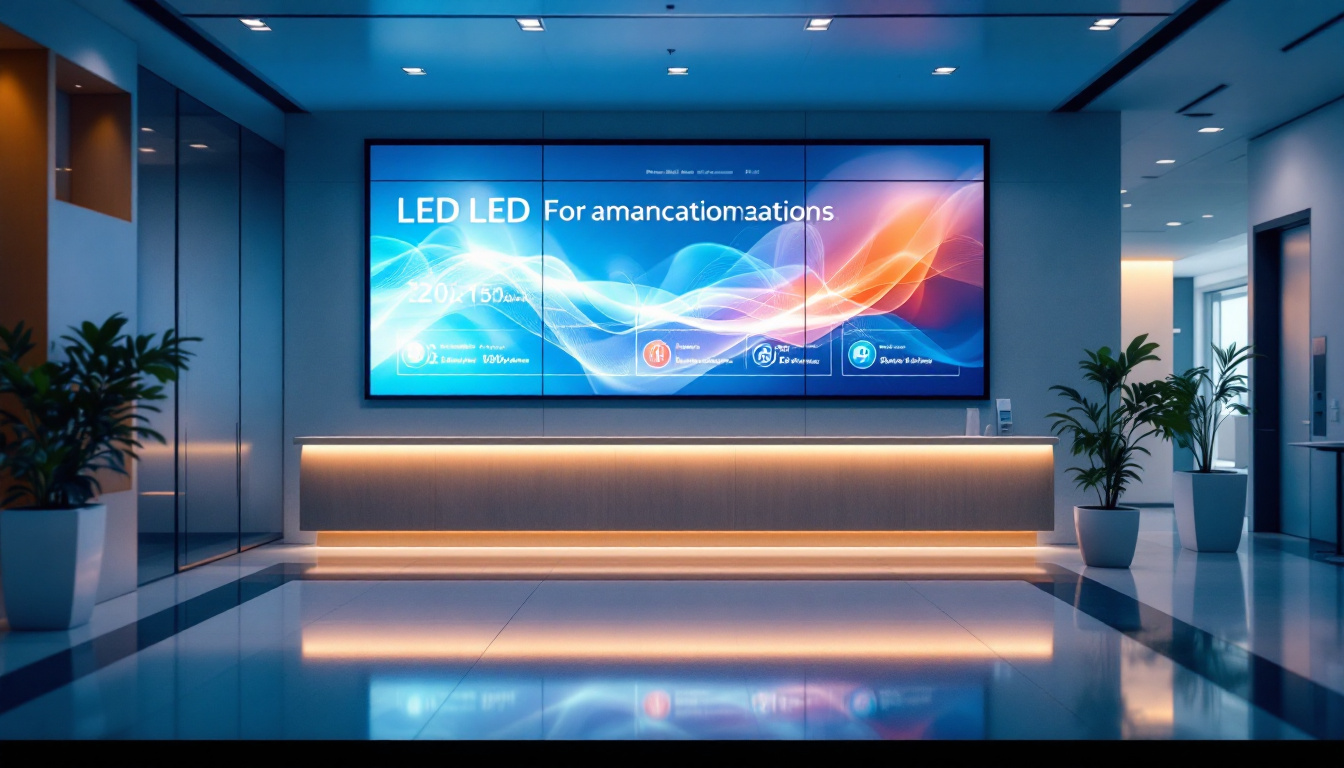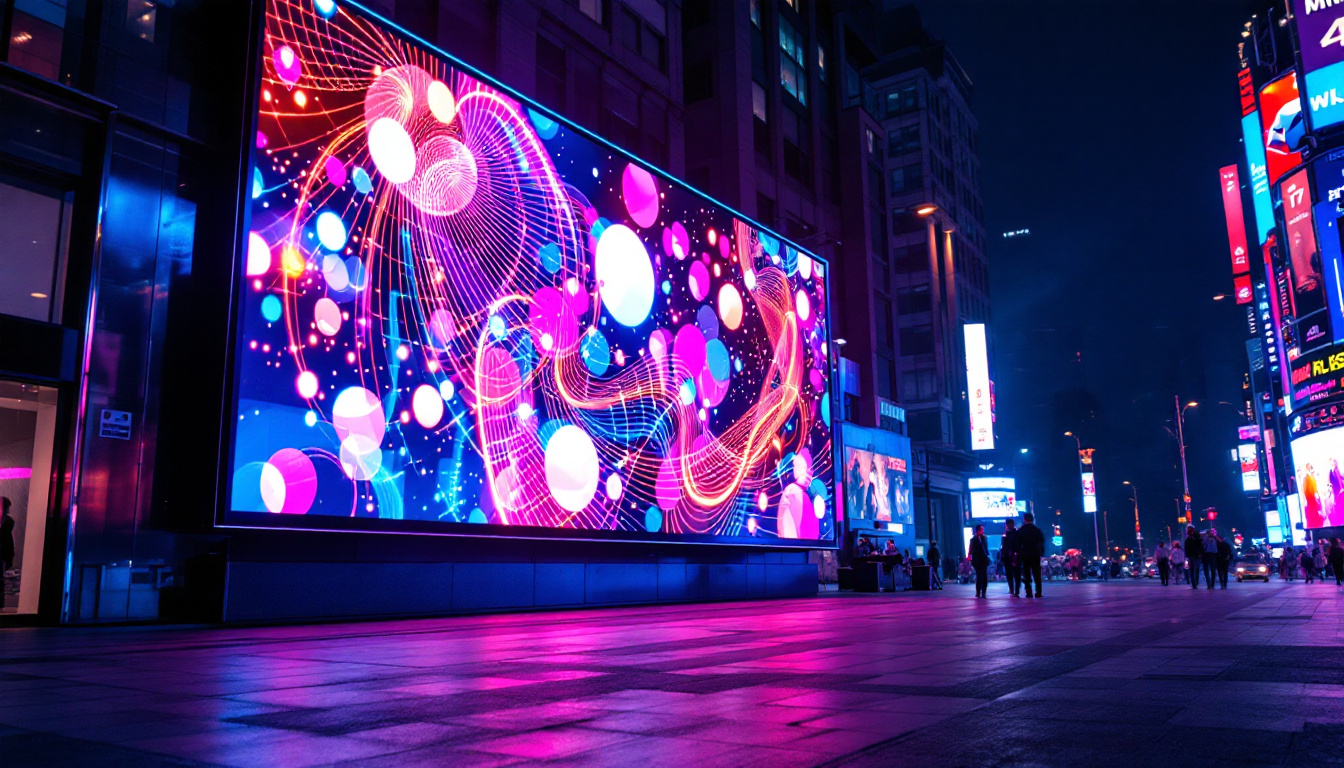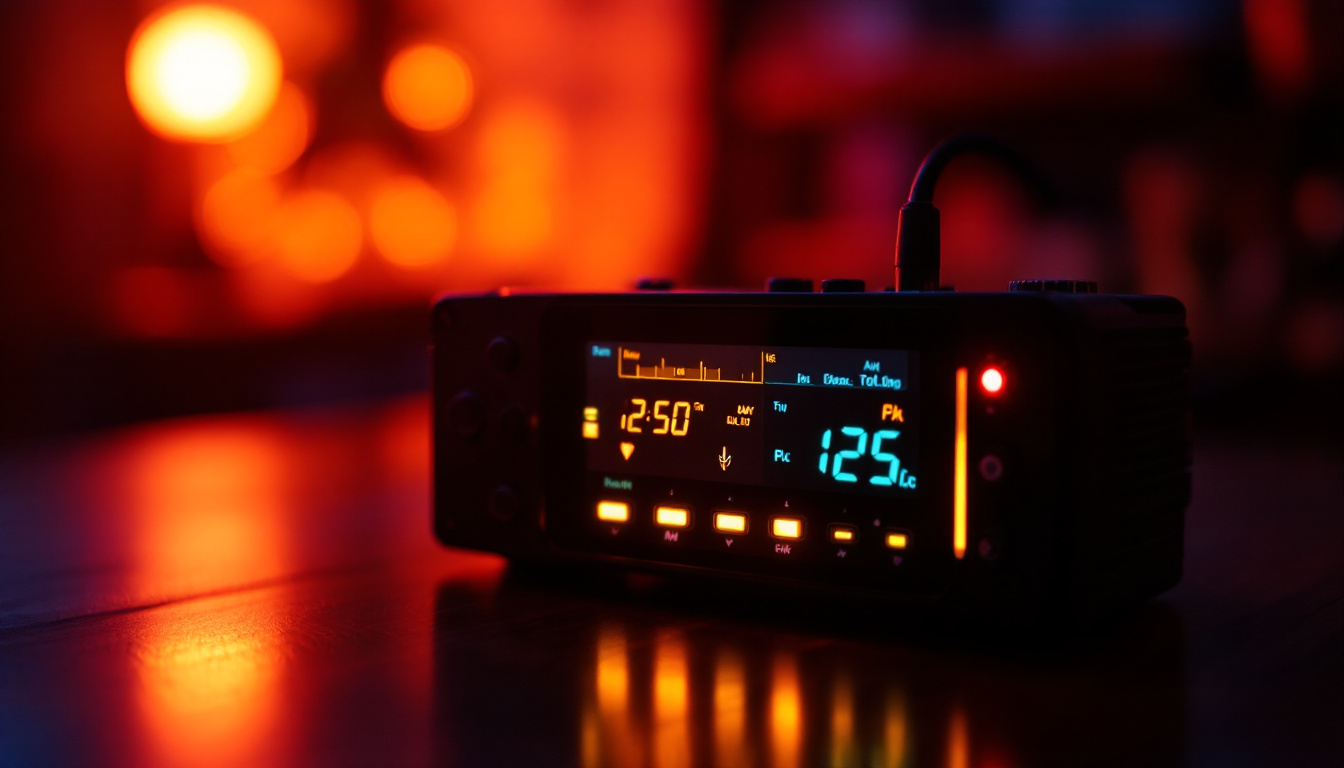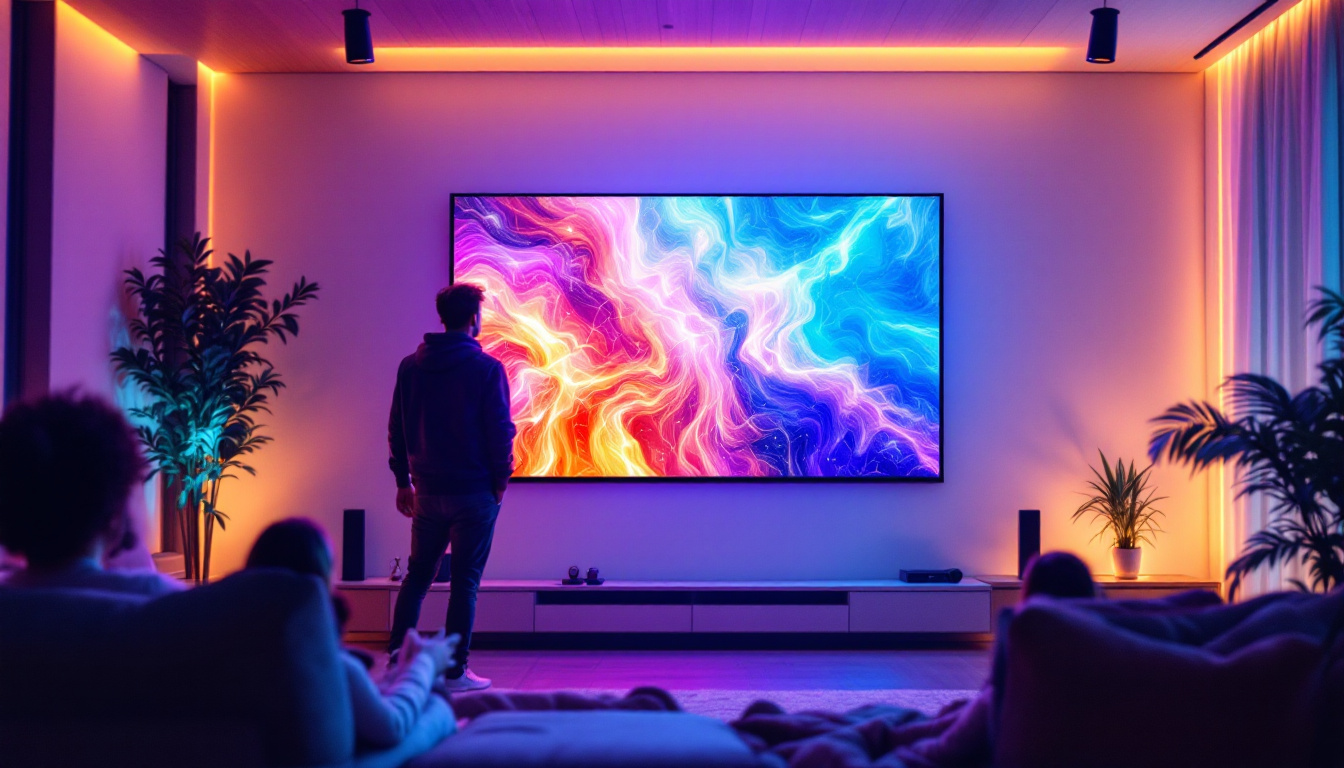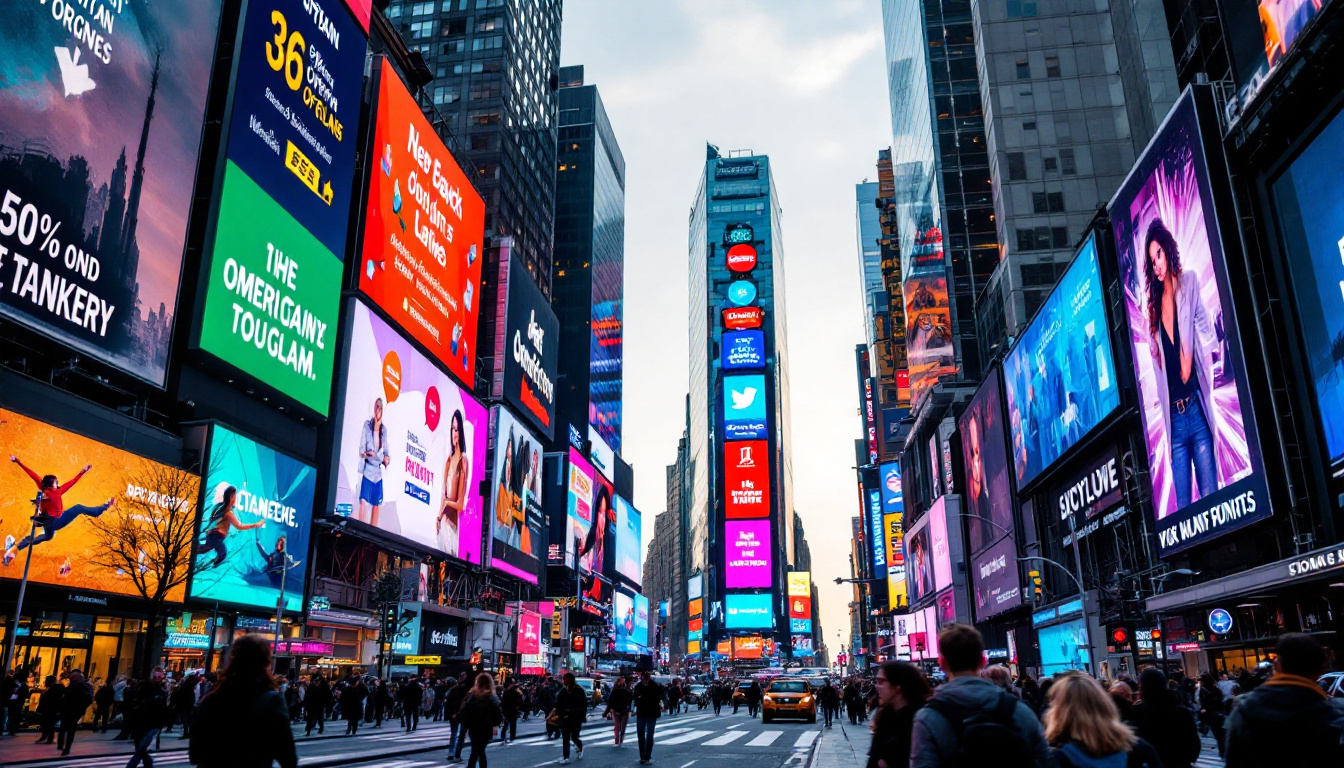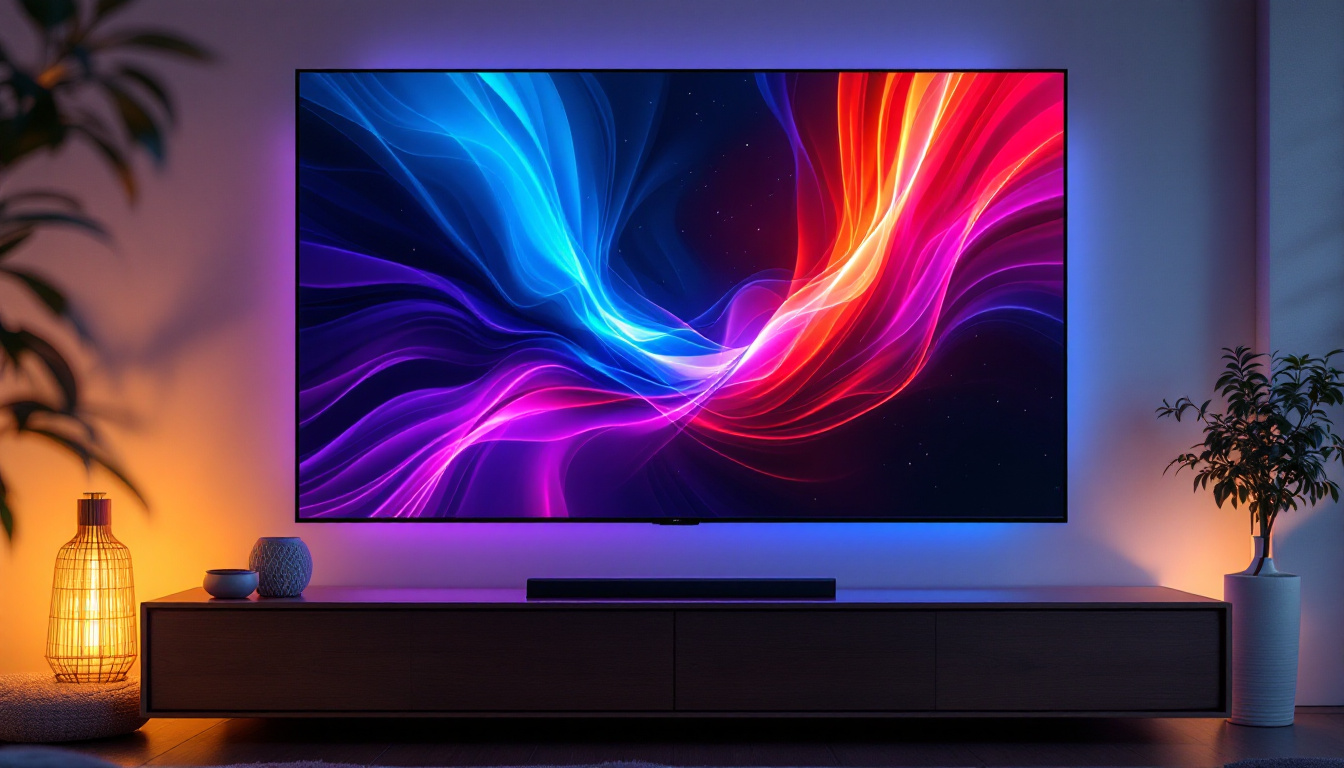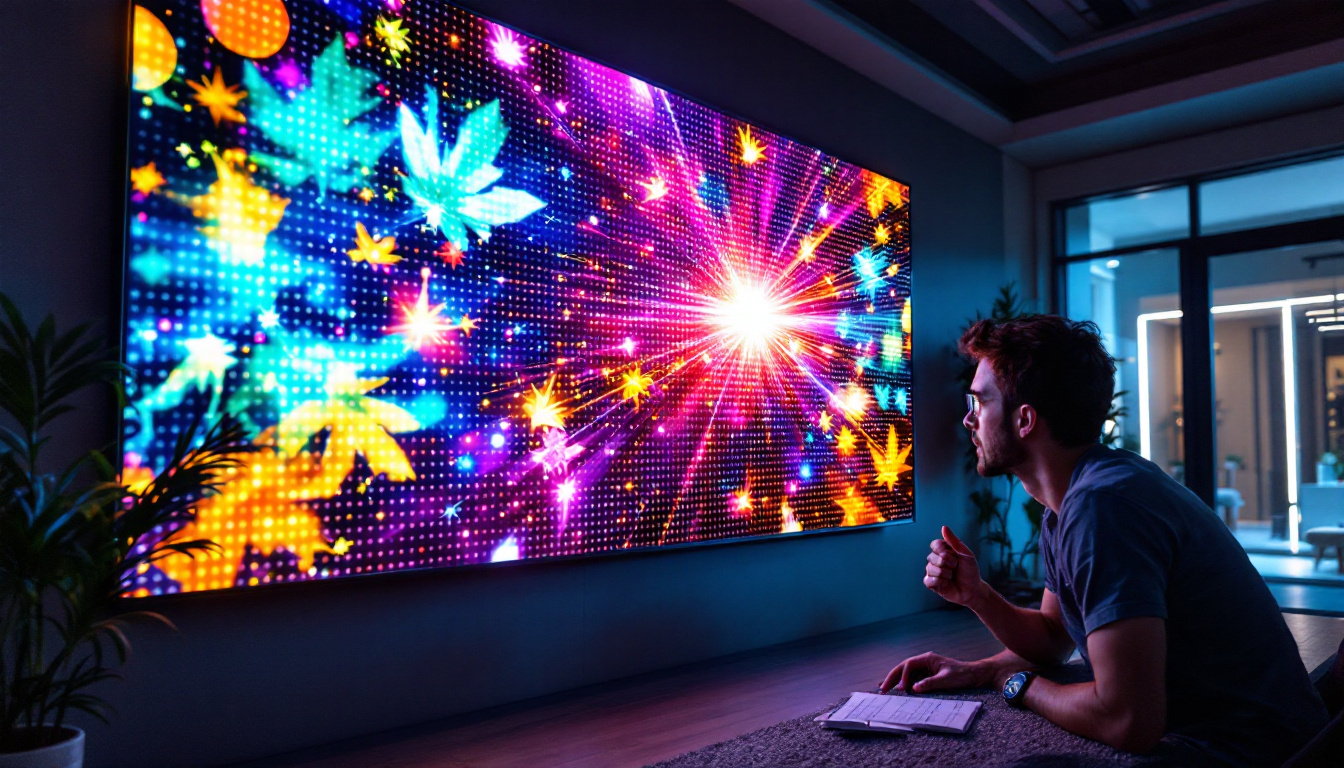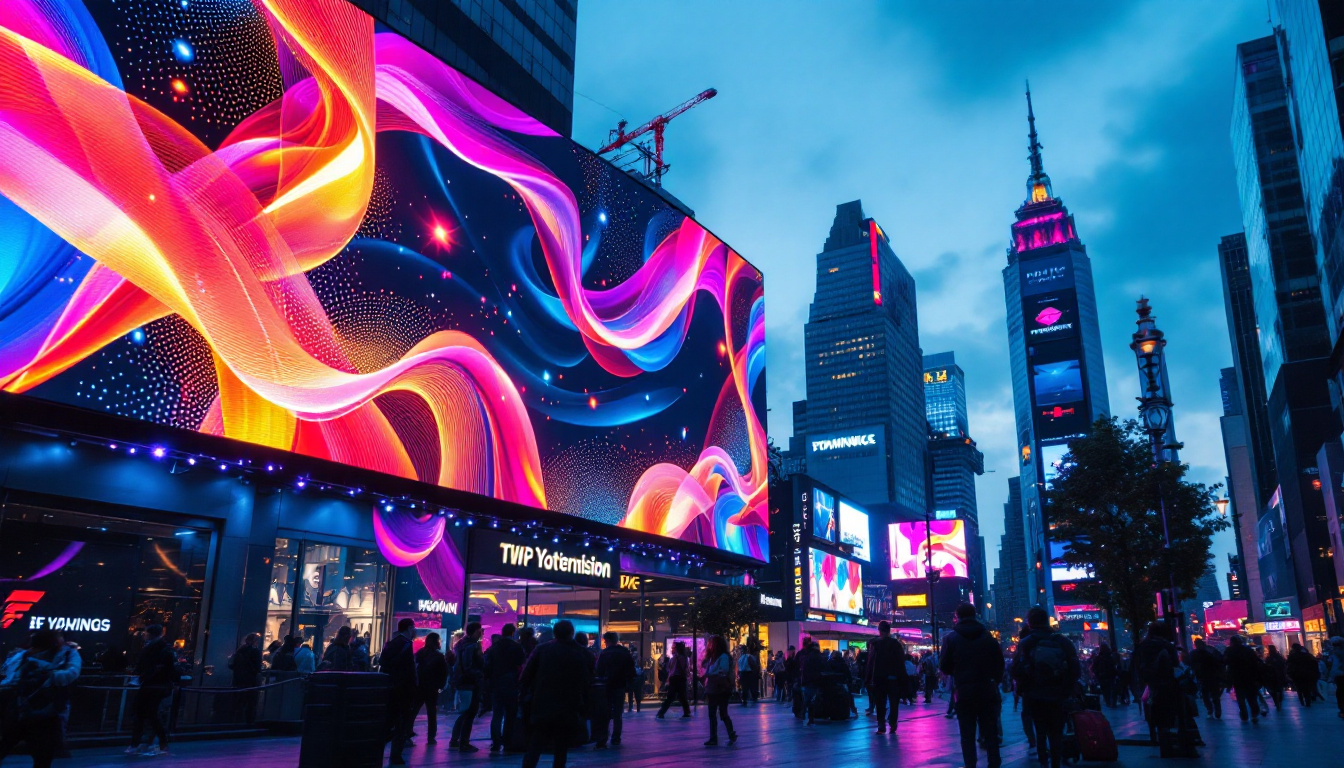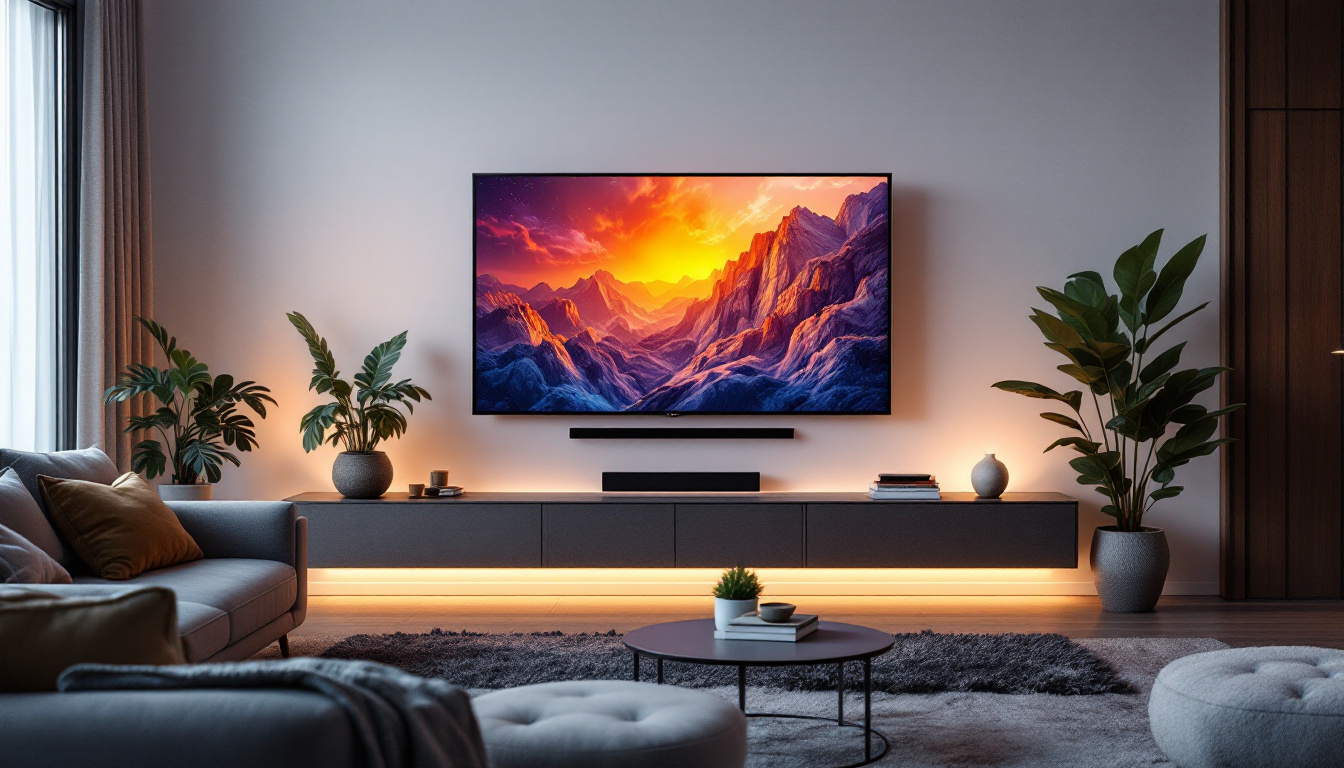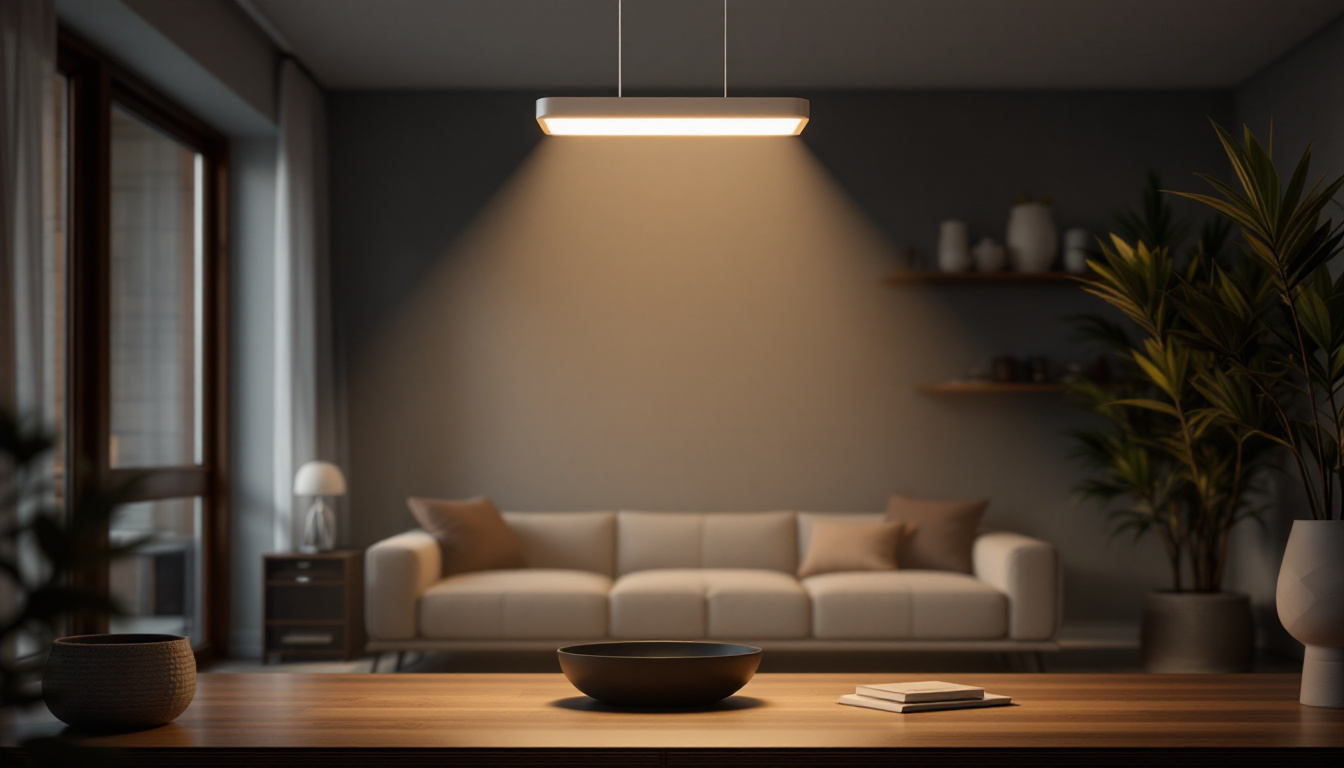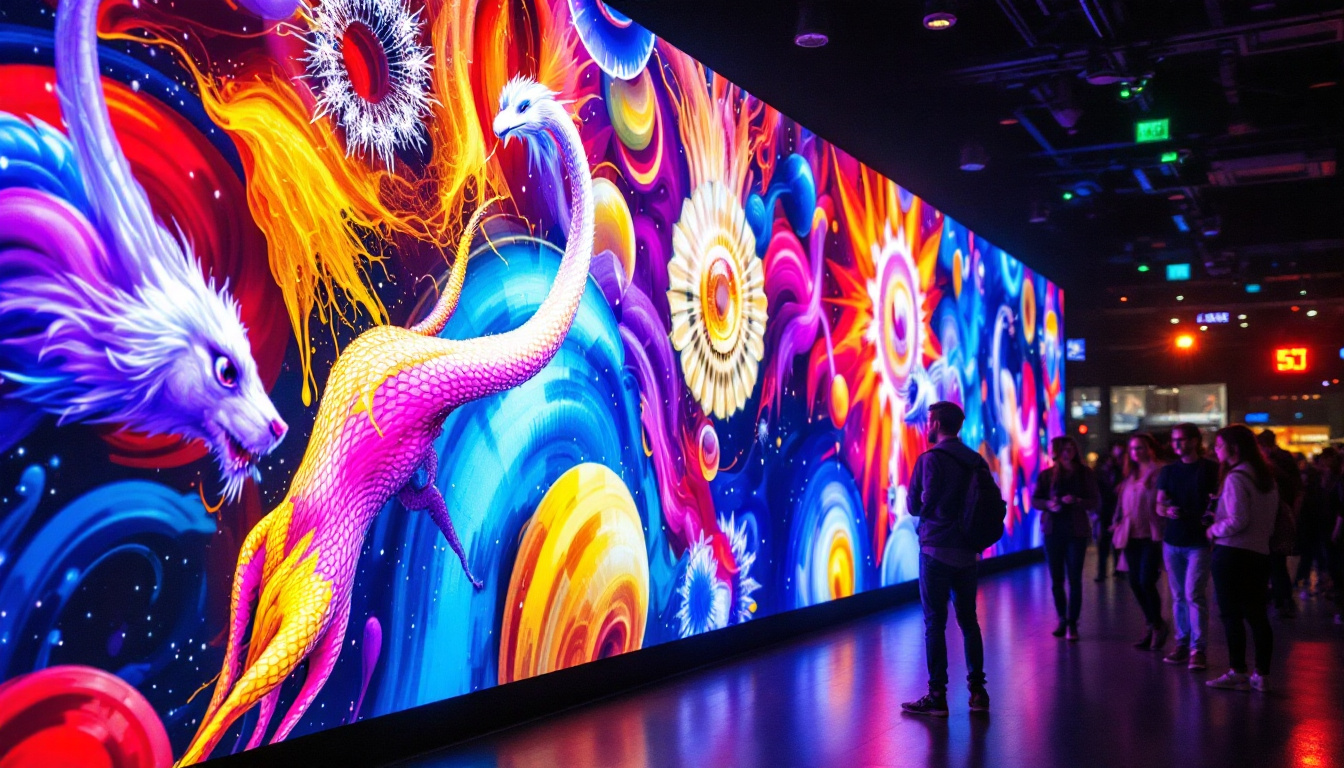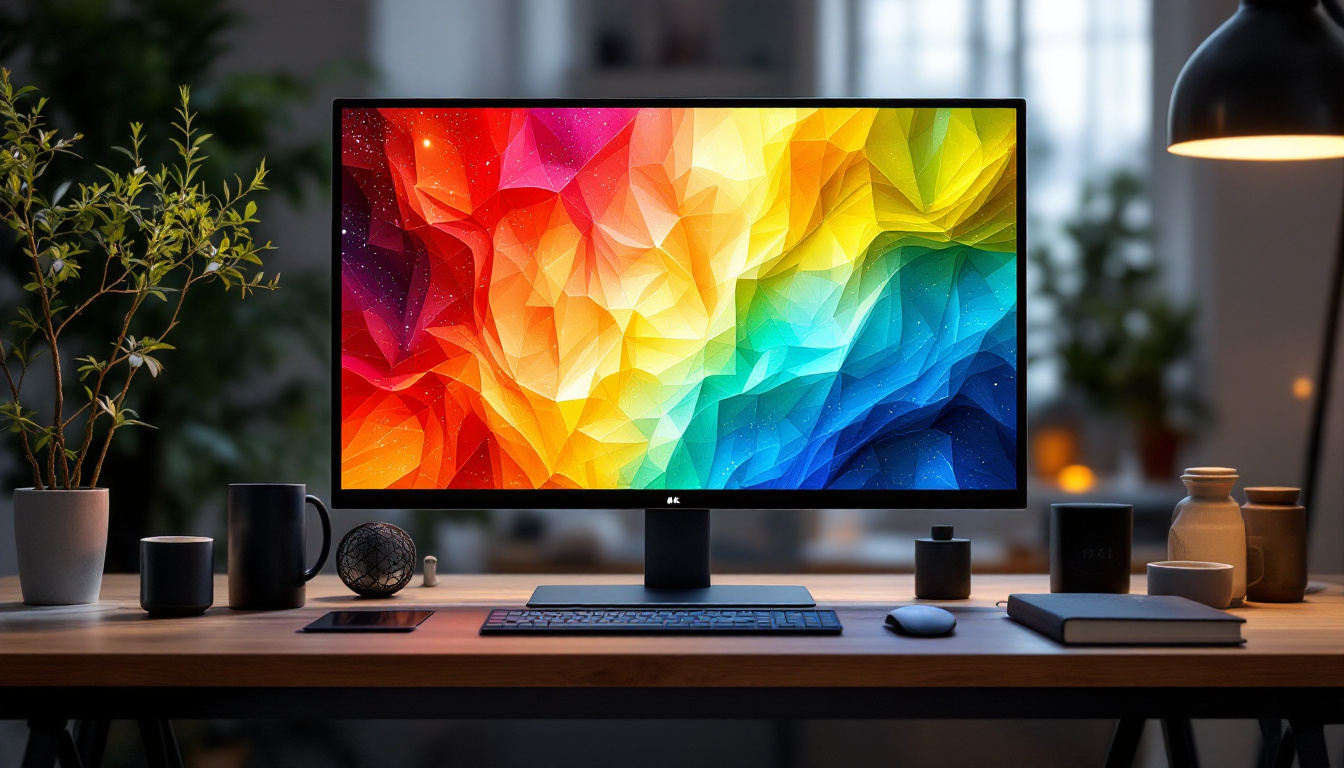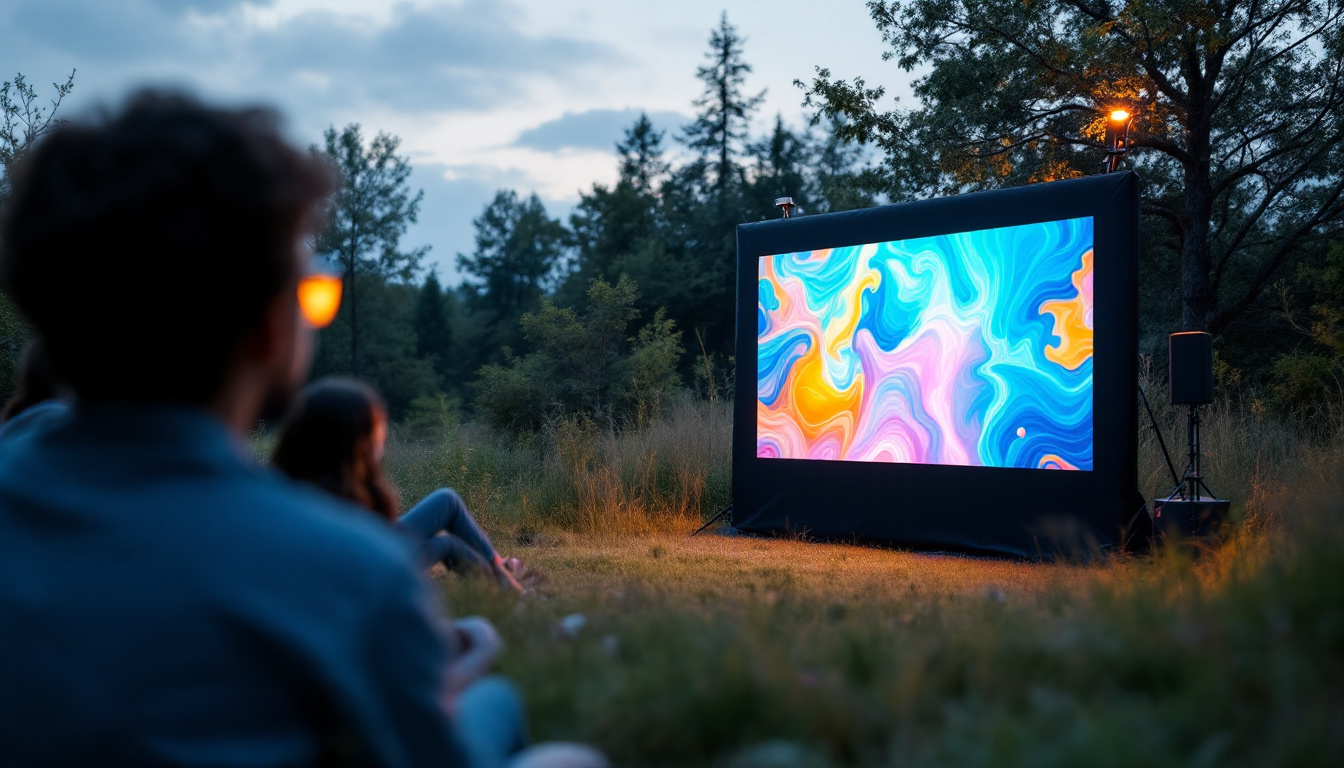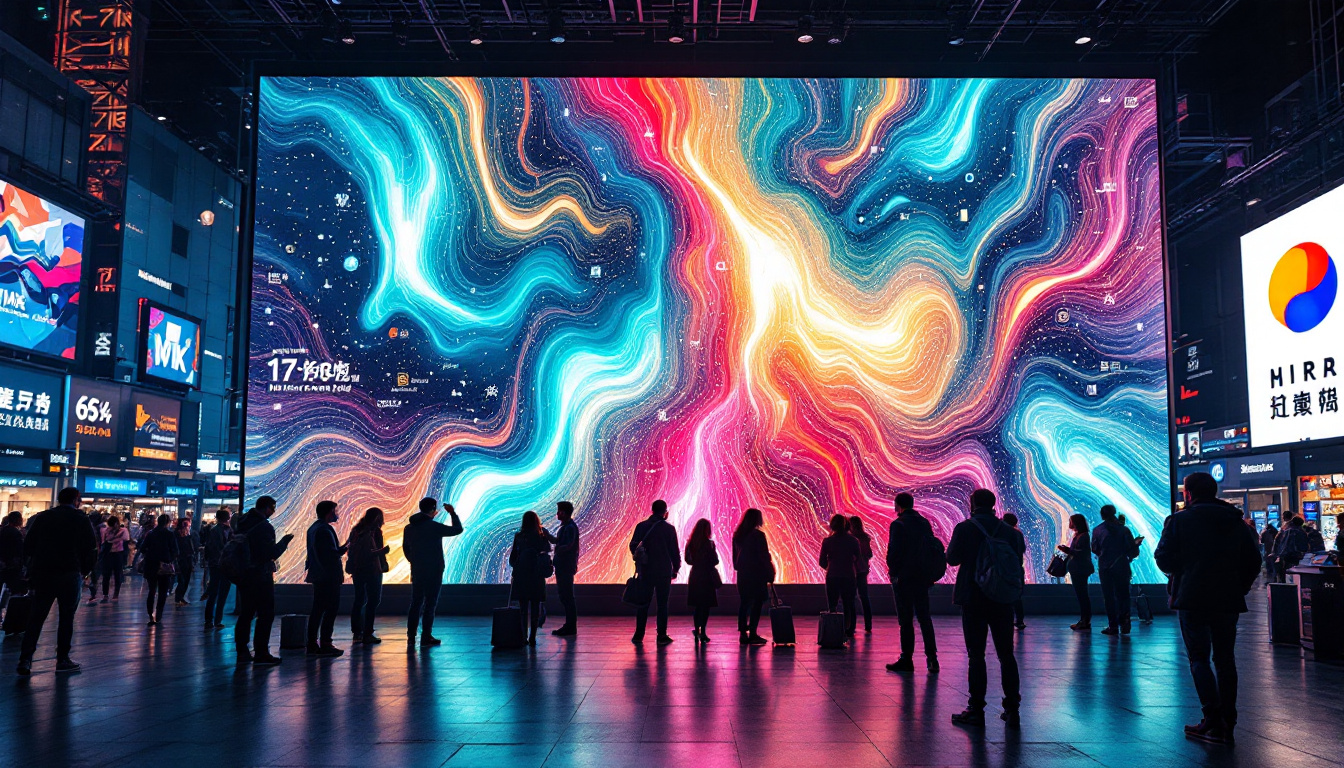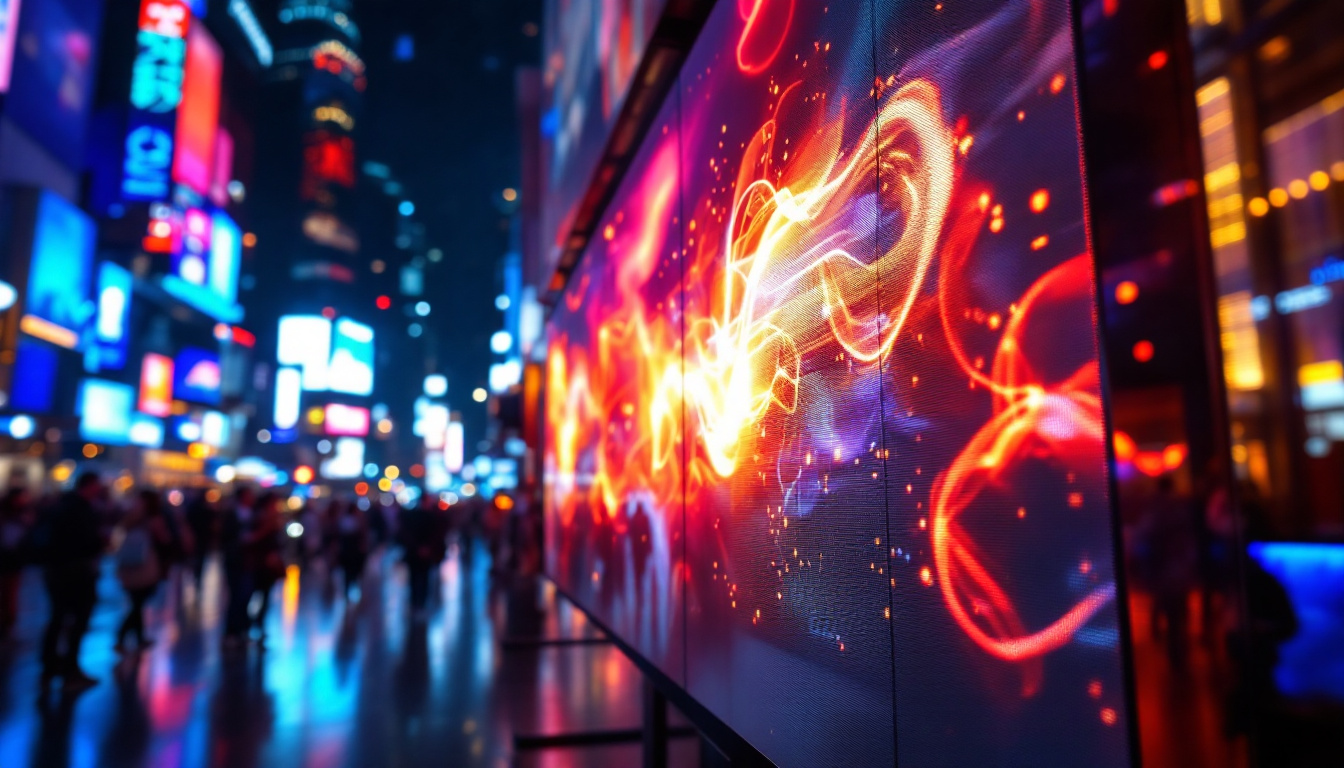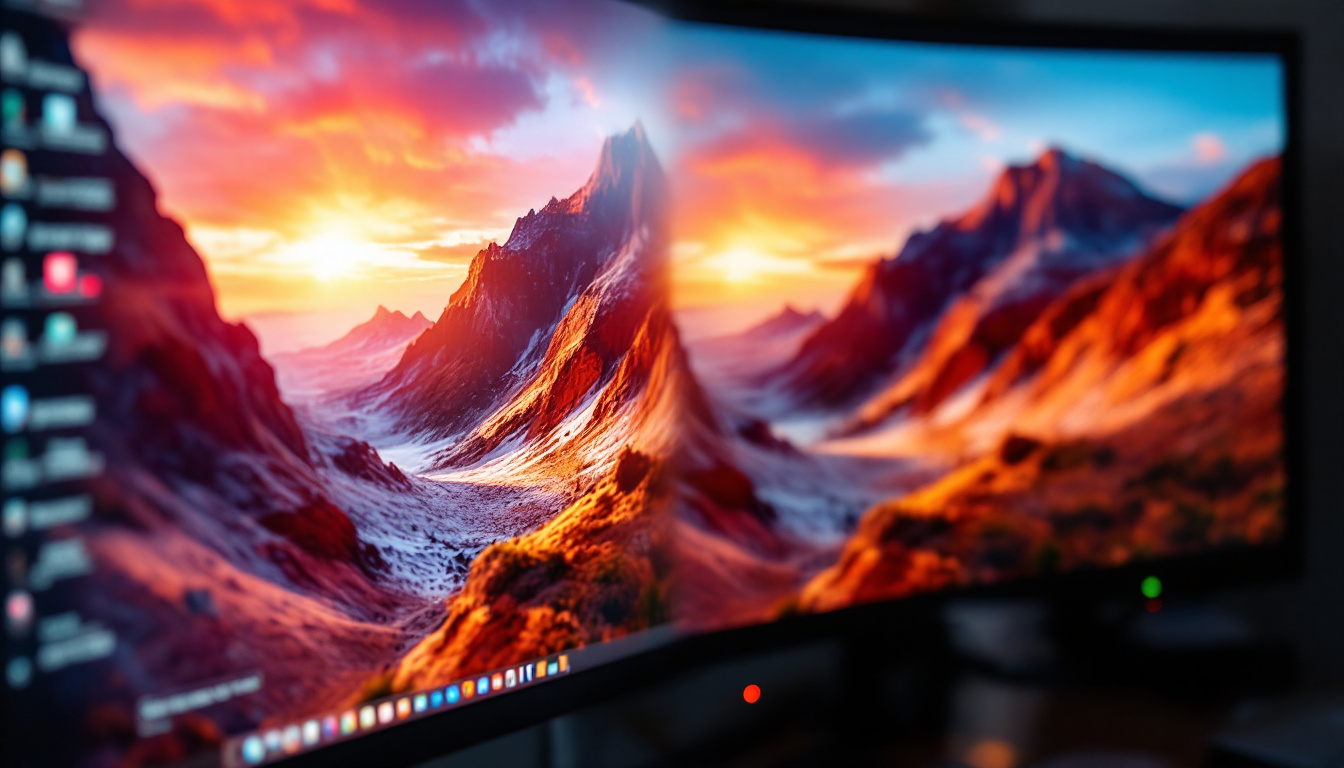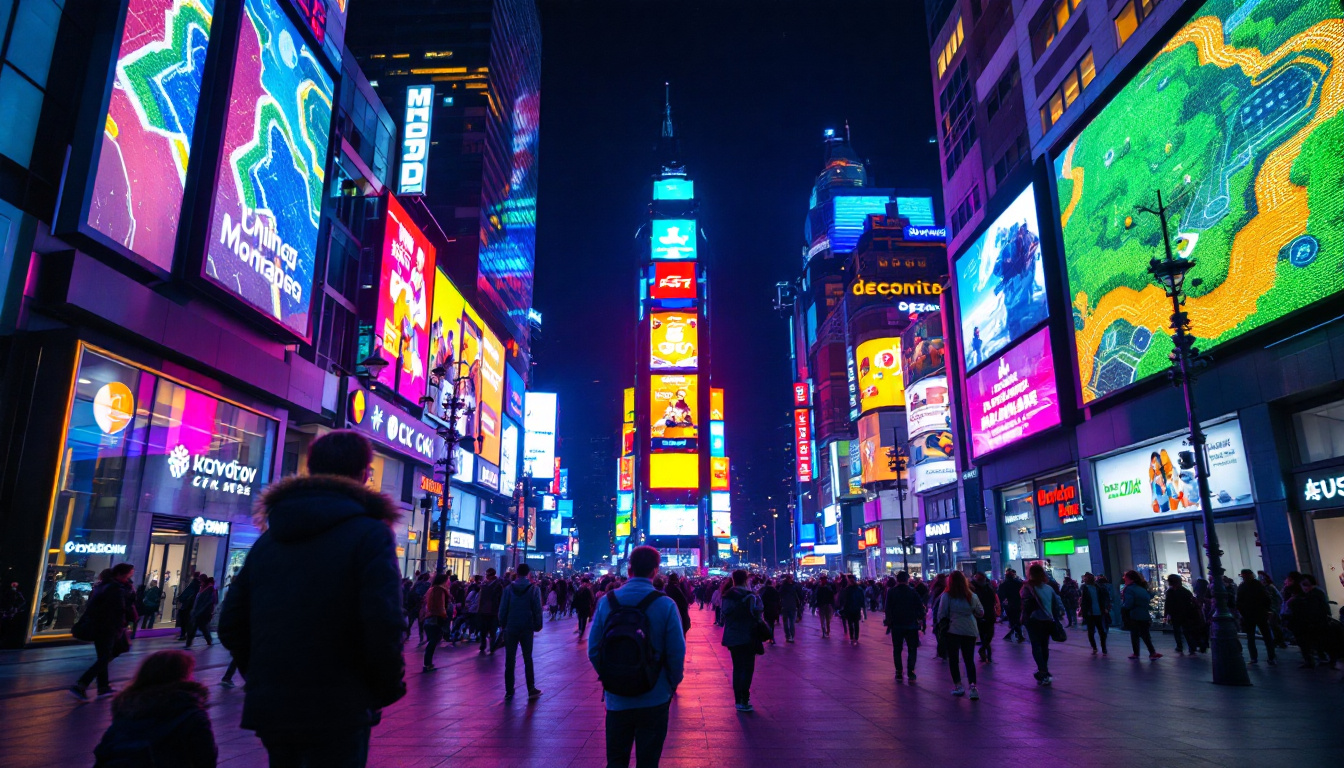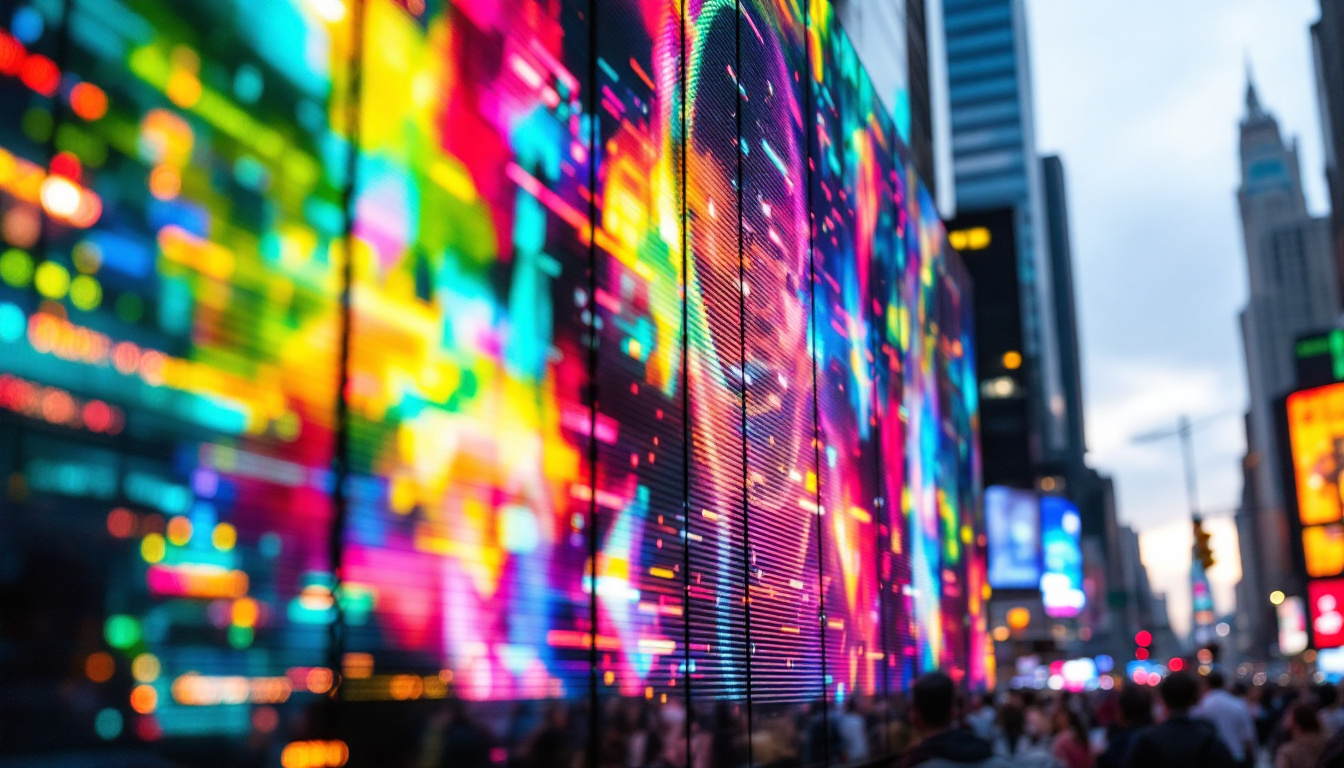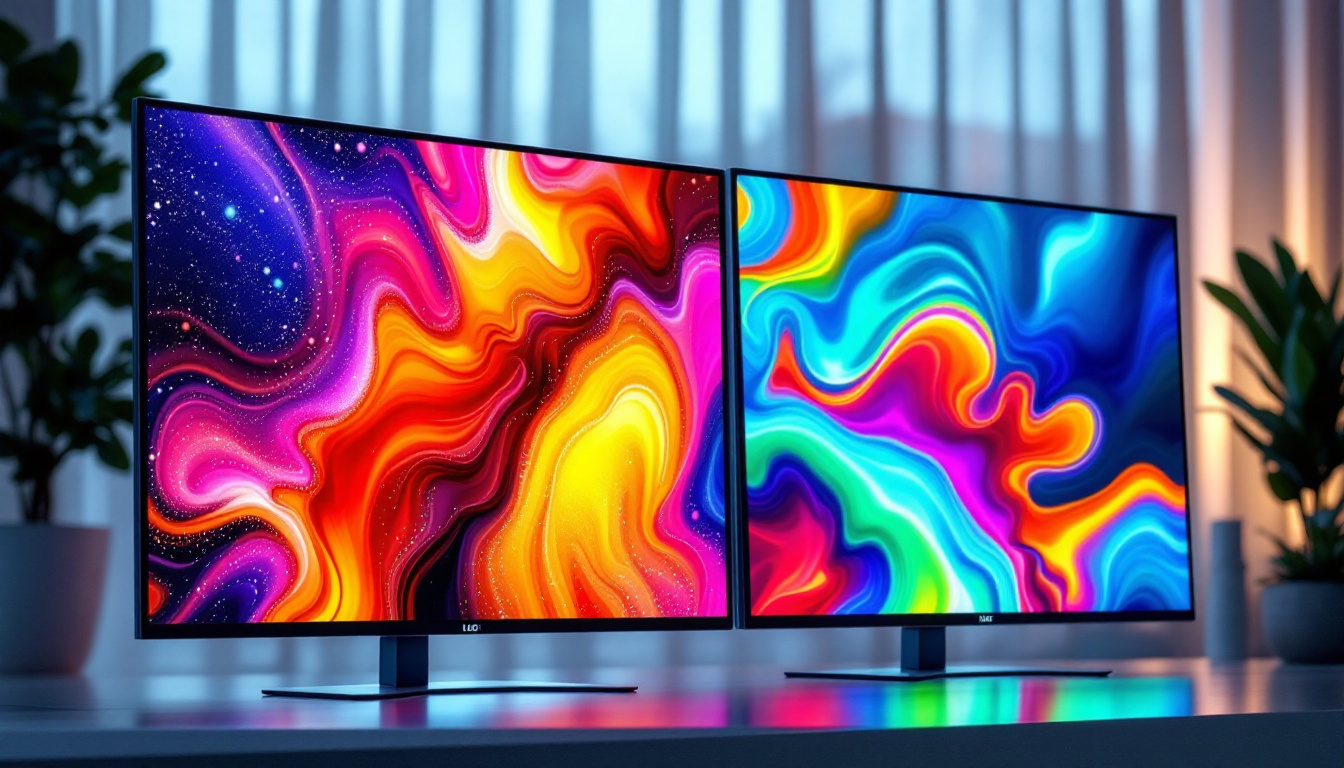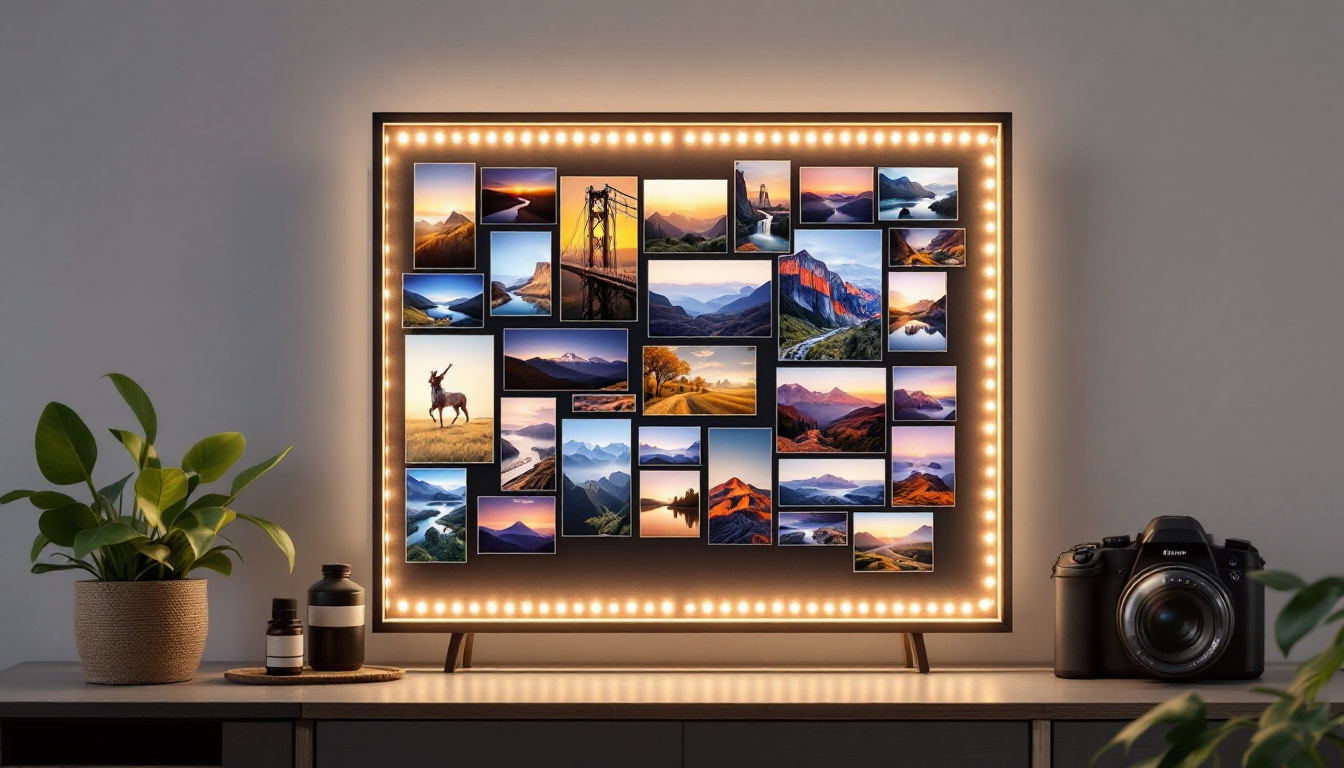In the ever-evolving landscape of advertising, digital displays have revolutionized the way brands communicate with their audiences. Among these innovations, the LED digital billboard truck stands out as a dynamic and versatile advertising medium. This article delves into the intricacies of LED displays, their functionality, and the advantages they offer for mobile advertising.
Understanding LED Technology
Light Emitting Diodes (LEDs) are semiconductor devices that emit light when an electric current passes through them. This technology has become the backbone of modern digital displays, including billboard trucks. The ability of LEDs to produce bright, vibrant colors while consuming less energy than traditional lighting sources makes them ideal for outdoor advertising. Furthermore, their durability and long lifespan significantly reduce maintenance costs, making them a cost-effective solution for businesses looking to maximize their advertising impact.
How LEDs Work
LEDs operate on a simple principle: when electrons move through a semiconductor material, they release energy in the form of light. This process is known as electroluminescence. The color of the light emitted depends on the materials used in the semiconductor. By combining different colored LEDs, it is possible to create a full spectrum of colors, allowing for stunning visuals that capture attention. Additionally, advancements in LED technology have led to the development of smart LEDs, which can be programmed to change colors and patterns dynamically, further enhancing the advertising experience.
In the context of digital billboards, each LED is arranged in a grid formation, forming pixels. The more pixels a display has, the higher the resolution and clarity of the image. This pixel density is crucial for ensuring that advertisements are legible and visually appealing, even from a distance. Moreover, high-resolution displays can create intricate animations and videos, providing advertisers with an engaging platform to showcase their products and services. The flexibility of LED displays allows for real-time updates, enabling businesses to adapt their messaging based on current events or promotions.
Types of LED Displays
LED displays can be categorized into various types based on their application and design. The most common types used in billboard trucks include:
- Full-Color Displays: These displays use red, green, and blue (RGB) LEDs to create a wide range of colors. They are ideal for vibrant advertisements that require high visibility. Full-color displays are particularly popular for showcasing dynamic content such as videos and animations, making them a favorite among advertisers looking to make a strong impact.
- Monochrome Displays: These are simpler displays that use a single color, typically red or green. They are often used for text-based messages or simple graphics. Monochrome displays can be effective for conveying straightforward information, such as time-sensitive promotions or directional signage.
- Tri-Color Displays: Combining red, green, and yellow LEDs, these displays offer a limited color palette but are still effective for basic advertising needs. They serve as a middle ground between monochrome and full-color displays, providing businesses with a cost-effective option for enhancing their visibility without the complexity of full-color technology.
The Structure of a Digital Billboard Truck
A digital billboard truck consists of several key components that work together to create a seamless advertising experience. Understanding these components can shed light on how these mobile displays function effectively.
Chassis and Frame
The chassis of the truck serves as the foundation for the entire billboard structure. It is designed to support the weight of the LED display and withstand the rigors of road travel. The frame is typically made of durable materials to ensure longevity and stability.
LED Display Panel
The LED display panel is the heart of the billboard truck. It is composed of multiple LED modules that can be configured to display various content types. These panels are designed to be weather-resistant, ensuring that they can operate effectively in different environmental conditions.
Modern LED panels also feature advanced technology such as pixel pitch, which refers to the distance between the centers of two adjacent pixels. A smaller pixel pitch results in higher resolution and better image quality, making it essential for urban advertising where viewers are often closer to the display.
Control System
The control system is responsible for managing the content displayed on the LED screen. It typically includes software that allows advertisers to upload, schedule, and modify content remotely. This flexibility is a significant advantage, enabling real-time updates and targeted advertising based on location and audience demographics.
Additionally, many control systems come equipped with analytics tools that track viewer engagement, providing valuable insights into the effectiveness of advertising campaigns.
Advantages of LED Digital Billboard Trucks
LED digital billboard trucks offer a multitude of advantages over traditional static billboards and other advertising mediums. These benefits contribute to their growing popularity among advertisers seeking innovative ways to reach their target audiences.
Mobility and Flexibility
One of the most significant advantages of LED billboard trucks is their mobility. Unlike fixed billboards, these trucks can travel to various locations, allowing advertisers to reach diverse audiences in different areas. This flexibility enables brands to target specific events, festivals, or high-traffic zones, maximizing visibility and engagement.
Moreover, the ability to change content on-the-go means that advertisers can respond to real-time events or promotions, ensuring that their messaging remains relevant and timely.
High Visibility and Engagement
LED displays are known for their brightness and clarity, making them highly visible even in daylight. The vibrant colors and dynamic animations attract attention, increasing the likelihood of viewer engagement. Studies have shown that digital displays can capture attention more effectively than static advertisements, leading to higher recall rates among consumers.
Additionally, the ability to showcase video content and animations allows for more creative storytelling, enabling brands to convey their messages in a more engaging manner.
Cost-Effectiveness
While the initial investment in LED digital billboard trucks may be higher than traditional advertising methods, the long-term cost-effectiveness is undeniable. The ability to change content without the need for printing and installation reduces ongoing costs significantly.
Furthermore, the energy efficiency of LED technology translates to lower operational costs, making it a sustainable choice for advertisers looking to maximize their return on investment.
Challenges and Considerations
Despite their numerous advantages, LED digital billboard trucks come with their own set of challenges and considerations that advertisers must be aware of. Understanding these factors can help in making informed decisions about their use.
Regulatory Compliance
Advertising regulations vary by location, and many municipalities have specific rules governing the use of digital displays. Advertisers must ensure compliance with local laws regarding brightness levels, content restrictions, and placement of billboard trucks. Failing to adhere to these regulations can result in fines or the removal of the advertising vehicle.
It is crucial for advertisers to conduct thorough research and, if necessary, consult with legal experts to navigate the complexities of advertising regulations effectively.
Maintenance and Upkeep
Like any technology, LED displays require regular maintenance to ensure optimal performance. This includes routine inspections, cleaning, and software updates. Neglecting maintenance can lead to decreased image quality or even display malfunctions, which can negatively impact advertising campaigns.
Investing in a reliable maintenance plan is essential for keeping the billboard truck in top condition and ensuring that it delivers consistent results.
Content Management
Managing content for LED displays can be a complex task, especially for advertisers with multiple campaigns running simultaneously. Developing a streamlined content management strategy is vital for ensuring that the right messages are displayed at the right times.
Utilizing advanced software solutions that allow for scheduling, analytics, and remote updates can simplify this process, making it easier to manage diverse advertising campaigns effectively.
Future Trends in LED Digital Billboard Trucks
The landscape of digital advertising continues to evolve, and LED digital billboard trucks are no exception. Emerging trends are shaping the future of this advertising medium, offering exciting possibilities for brands and marketers alike.
Integration with Smart Technology
As technology advances, the integration of smart technology into LED billboard trucks is becoming increasingly prevalent. This includes features such as real-time data analytics, audience targeting based on demographic information, and even interactive displays that engage viewers directly.
By leveraging data-driven insights, advertisers can create more personalized and effective campaigns, enhancing the overall impact of their messaging.
Sustainability Initiatives
With growing awareness of environmental issues, there is a rising demand for sustainable advertising solutions. LED technology is inherently more energy-efficient than traditional lighting, but advertisers are also exploring ways to incorporate eco-friendly practices into their campaigns.
This includes using renewable energy sources to power billboard trucks, implementing recycling programs for old displays, and promoting sustainability-focused messages through advertising content.
Augmented Reality (AR) Experiences
The incorporation of augmented reality into digital billboard advertising is an exciting trend that is gaining traction. By using AR technology, advertisers can create immersive experiences that engage viewers in new and innovative ways.
For example, viewers could use their smartphones to interact with the display, accessing additional content or participating in promotional activities. This level of engagement can significantly enhance brand awareness and consumer loyalty.
Conclusion
LED digital billboard trucks represent a powerful tool in the arsenal of modern advertising. Their mobility, high visibility, and ability to deliver dynamic content make them an attractive option for brands looking to connect with their audiences effectively. While challenges such as regulatory compliance and maintenance exist, the benefits far outweigh the drawbacks.
As technology continues to advance, the future of LED digital billboard trucks looks promising, with innovations such as smart technology integration and augmented reality on the horizon. For advertisers willing to embrace these changes, the potential for impactful and engaging advertising is limitless.
In summary, understanding the intricacies of LED displays and the operational aspects of billboard trucks can empower brands to make informed decisions and leverage this innovative advertising medium to its fullest potential.
Discover LumenMatrix’s Innovative LED Solutions
Ready to elevate your advertising strategy with the latest in LED display technology? Look no further than LumenMatrix, a pioneer in creating visually stunning and technologically advanced LED solutions. From captivating Indoor and Outdoor LED Wall Displays to dynamic Vehicle LED Displays and beyond, LumenMatrix offers a comprehensive range of products designed to make your brand shine. Embrace the future of visual communication and check out LumenMatrix LED Display Solutions today to transform how you connect with your audience.

